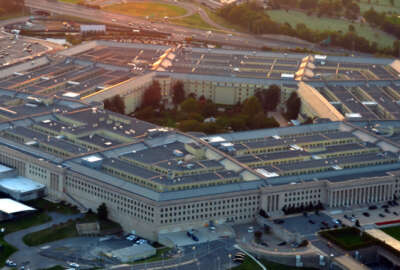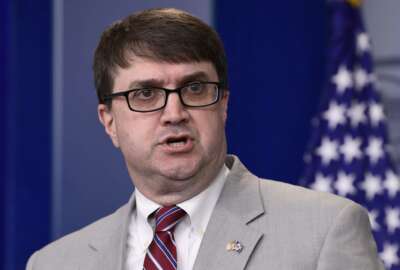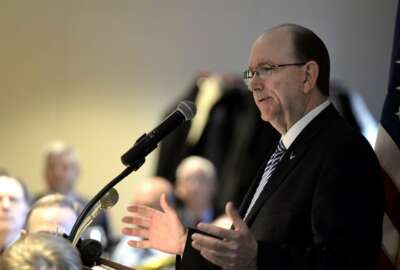
Is the current nomination process hurting national security?
The nation’s national security may be taking a hit because of the length of time it takes to fill lesser-known, Senate-confirmed positions in the Defense...
The nation’s national security may be taking a hit because of the length of time it takes to fill lesser-known, Senate-confirmed positions in the Defense Department, FEMA, Department of Homeland Security and other areas protecting U.S. citizens.
That’s according to a new study from the Partnership for Public Service, which studying the amount of time it took to fill security-related nominations in post-9/11 America.
The result is that considering the demands faced by natural disasters, global threats and other worrisome aspects of living on earth, the government is taking too long to fill important spots.
“Presidents do a good job of getting their top leadership, the secretaries and directors of intelligence agencies, nominated quickly — within five days — and often in the Senate does a good job of confirming those very top positions within 14 days,” said Valerie Smith Boyd, director of the Partnership for Public Service’s Center for Presidential Transition. “But for the really key positions just below — deputy secretaries, undersecretaries and administrators of major agencies like FEMA and Customs and Border Protection. Those positions take an average of 157 days to be nominated, and an average of 81 days to be confirmed, which is just unacceptably long when you think about the importance of the issues.”
The idea that the jobs need to be filled fast stems from the 9/11 Commission report, which expressed that the Senate should confirm nominees within 30 days of being tapped by the president.
While there is some variation between administrations, about a quarter of crucial nominations were not filled in the past four administrations within the first 100 days, according to the report.
The Biden administration has been the most successful, filling 76% of those spots in that amount of time. The Trump administration was the worst with 44%. The Obama and Bush presidencies hovered in the high 60% range.
The study points to two major factors for the issue. One is that administrations are taking longer to nominate someone.
The president has about 4,000 nominations to make upon taking office, something Smith Boyd said is too burdensome for someone with so much to do.
“It is mathematically impossible to get through them all,” she said. “There are numerous causes for these vacancies. Some of the positions are hard to fill with the combination of expertise that someone might need to run a health system, for example. Perhaps the compensation structure is different from the private sector to the public sector. It’s hard to attract good candidates. There are problems with presidents knowing that it may be hard to get candidates through a polarized Senate based on the needs of certain positions.”
Other factors include more complex vetting processes and longer background investigations.
That can lead to some positions being neglected for years. At one point between the Obama and Trump administrations, for example, the Defense Department’s undersecretary for personnel and readiness was left mostly unfilled for years.
The study suggests lowering the amount of nominees for which the president is responsible. The study supports the Presidential Appointment Efficiency and Streamlining Act, which lowers the number of nominees by more than 160.
The other main issue is that the Senate is moving too slowly on nominations, the average is about twice as long as the 1980s, according to the study.
Bipartisan gridlock, holding of nominations and other legislative priorities are factors keeping the Senate from moving faster.
Copyright © 2024 Federal News Network. All rights reserved. This website is not intended for users located within the European Economic Area.
Scott Maucione is a defense reporter for Federal News Network and reports on human capital, workforce and the Defense Department at-large.
Follow @smaucioneWFED
Related Stories





